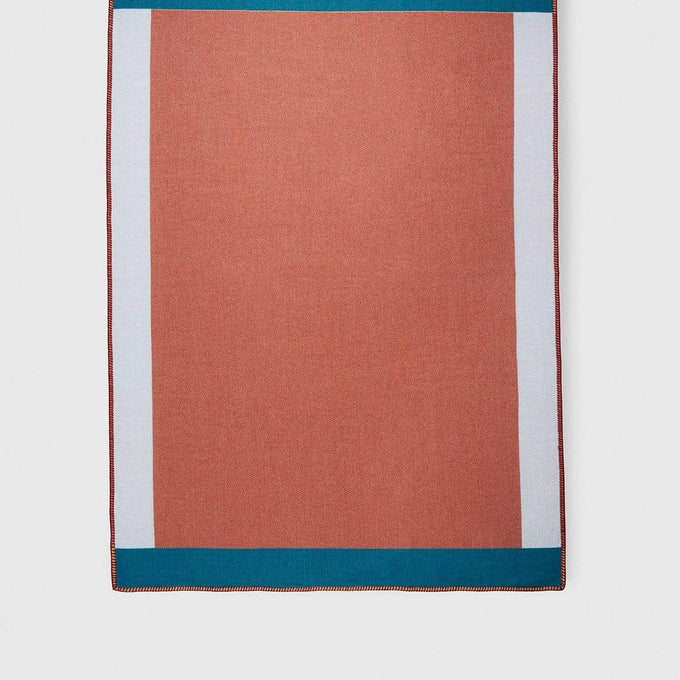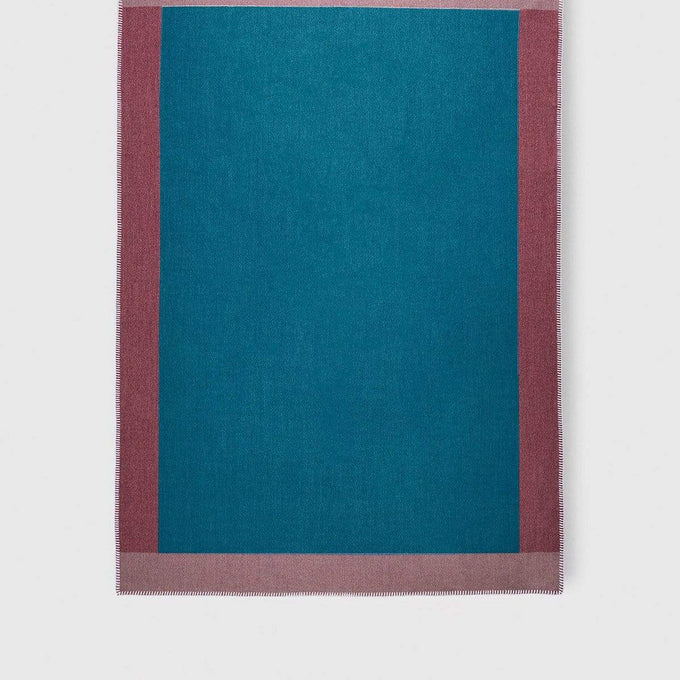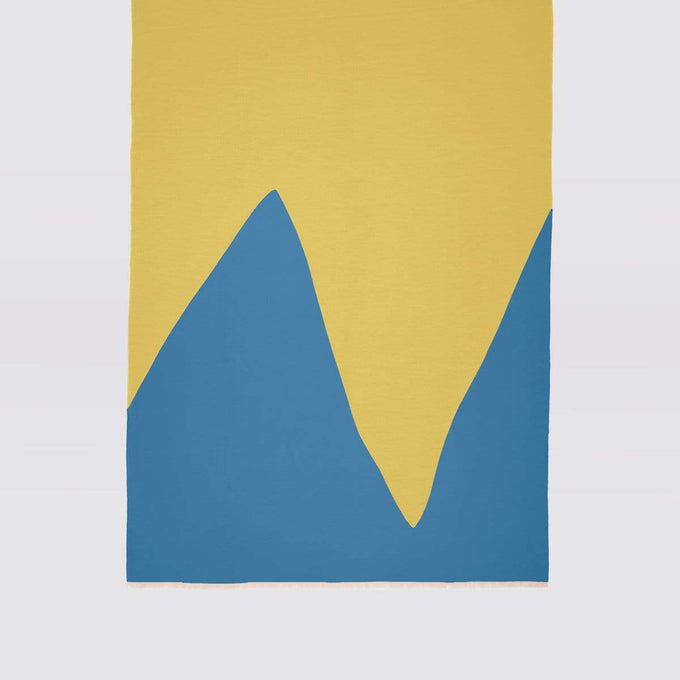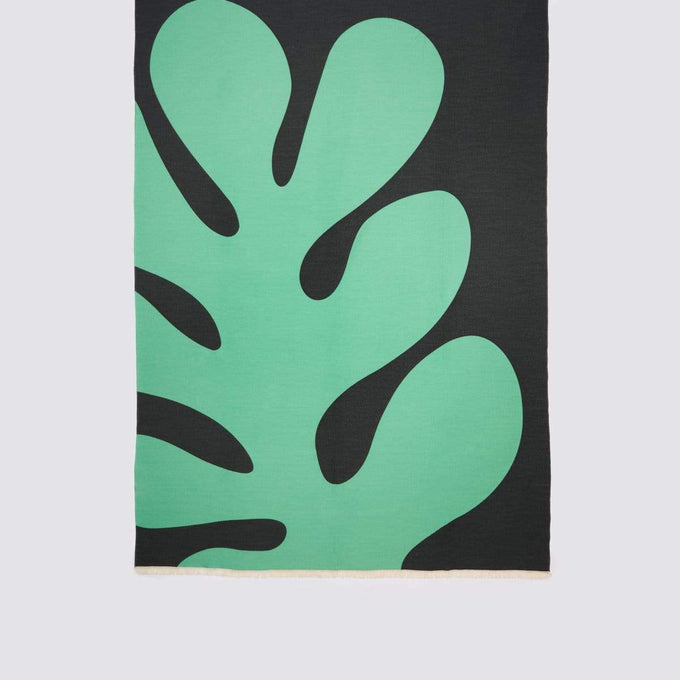“To dress” and “to clothe”, two verbs that never cease to vibrate to the liking of textiles.
Two verbs that were long thought of as actors in just the fashion industry, they have discovered other horizons as they search for equally innovative and creative messages: those of design. A form of expression in their own right, textiles can be used for all types of fabric designs.
All it takes is a material, a touch, or a pattern to change the atmosphere of a room, to open it up to all or to make it intimate, to give it a character. Textile design has nothing to envy regarding fashion: it conveys its own strong messages of intimacy, warmth, hope, and renewal.



















